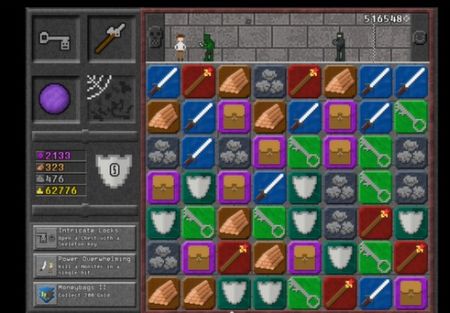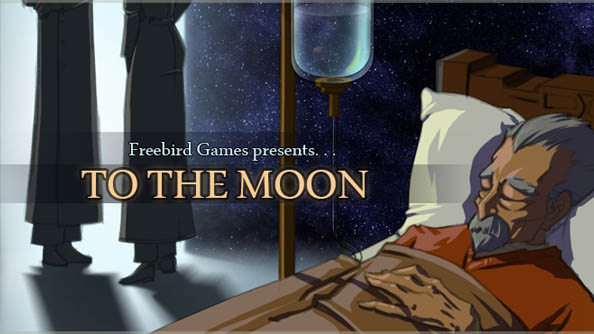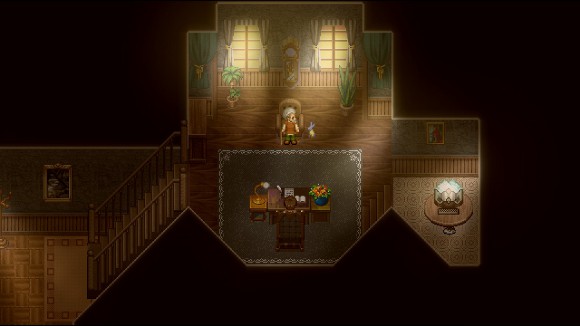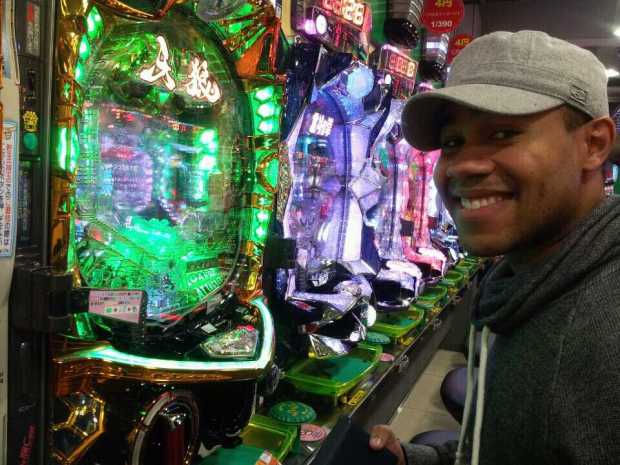
Mike Hannemann
South Park: The Stick of Truth was released recently for the Xbox 360 and Playstation 3. The long-awaited game had finally managed to overcome development hell and several delays. The final product is exactly what you would and wouldn’t expect for a game based on South Park. All the crude elements one associates with the show are there: racist, sexist, fart jokes… all of it. Here’s the part no one really expected: It’s… actually… good. The development team worked closely with the creators of the show and delivered a definitive South Park experience. The writing is genuinely funny and when you play it actually feels like you’re controlling an episode of the show. But you’ll find that on any review site. Instead, let’s consider how unlikely this was.
Video games based on franchises are usually doomed from the start. Occasionally, movies will be spared from this but then something like the Rambo game will come out (in 2014, and if I could type a year in all caps I would to drive the point home) and set the bar back to square one. This has always been the nature of video games and pop culture. Something is introduced, blows up in popularity, and a video game is released to capitalize on that. Hell, South Park did that several times before this entry. It’s easy to make a quick buck because (insert flavor of the week here) can have a quick tie-in. This was especially true of the 1990s. It didn’t take much to make an NES or even an SNES or Sega Genesis game, so we saw hundreds of terrible franchise nonsense. The Super Star Wars games, while remembered fondly by some, barely even followed the plots of the movies. Hell, even commercials were franchised. I wake up with nightmares of playing games based on Domino’s Pizza’s The Noid or Chester Cheetah.
Let’s give the 1990s a pass here. Let’s turn and look at the past 12 years. Next generation consoles. These games cost money to make. Even when creators were involved, they still missed the mark. I submit the following five entries into the catalog of video games based on TV shows that left a sour taste in the mouth of any fan.
5. Lost
The Lost video game was basically just a middle finger to the fanbase. Lost was a show that was built on mysteries, fans were rabid to find clues hidden in each scene that may or may not mean anything. The creators encouraged it, it let to fan mania. Then, during the middle of season four, a game was released for the Playstation 3 and Xbox 360. The game had the player assume the role of a new survivor, waking up among the wreckage of Oceanic flight 815. The game took place during the events of the show, taking place on various days during the shows run. Plotted by the creative forces behind the show, the game promised “revelations” on the main plot. Not only was the gameplay terrible, you couldn’t help but feel overwhelmingly this was shoehorned in as a cash grab. If any of this mattered, why did characters on the show never mention it? Fans of the show don’t even talk about it. For a show where fans obsessed over what number was on a calendar in a background shot of a dream, I think that’s the most damning thing I could say.
4. Futurama
This one is hard to talk about. Admittedly, I wanted this game to work. Based on one of the better animated sitcoms, the sci-fi nature of the show lends itself perfectly to a video game. Honestly, the story was pretty great. It was funny, deftly acted by the original voice cast, and made fun of a ton of video game tropes (in-game parody was still uncommon at this point). Hell, the show was canceled that year (2003) and again fans were willing to do anything for more content. Unfortunately, no script would be tight enough to make up for poor gameplay mechanics. Transferring a 2-D cartoon into a 3-D world just doesn’t work. The character models were blocky, the platforming was sub-par, and the camera was essentially non-functional. The Futurama game is something fans admit exist, but would never consider bringing up at a party. You know, all those Futurama parties people go to.
3. 24
In a list of sad examples, this one is particularly tragic. 24 is another show that a video game just makes sense to make. It’s a turn-your-brain-off action show. Basically just take a Modern Warfare game and replace the main character with Kiefer Sutherland’s Jack Bauer and there you go. As is the common trend here, the creators and actors were all involved. Released in 2006 and taking place between seasons two and three, this game for the Playstation 2 and Xbox pledged to tell a canonical story explaining the time that took place between the two. For once, this actually MADE SENSE for a game based on a serialized TV show. 24 jumps ahead years at a time between seasons. Logically, something could have happened in that time. The problem isn’t the story. The problem isn’t the acting. Hell, the problem isn’t even the gameplay. The problem is that the game wanders around, not knowing what it wants to be. There are heavy action levels, sniping levels, car-only levels, and puzzle missions. You play as Jack Bauer’s daughter, Kim, in one where you just crawl around in air vents. The game never commits to what kind of game it wants to be, and by making it a “controllable season of the show” it suffers. I remember playing this and thinking it was sad how close to a genuinely good game this was.
2. The Office
Didn’t know there was a game based on the US version of The Office? I apologize for being the one to break the news. Seriously. Next time we see each other, you can punch me in the face, I won’t block. Following the smash success of the early season(s) of The Office, a licensed game was greenlit. It was released only for PC. It was a collection of mini games. Which I guess is the harshest thing I could say about the definition of the word “games.” There was no complexity to it. There was also, coincidentally, no point to it. The saving grace is that it didn’t claim to be anything more than it was. It wasn’t The Office experience. It was a $4.99 mini game pack. I probably shouldn’t complain too much about a game I didn’t actually buy. What needs to be remembered, though, is there is never ever an excuse to release a video game based on a sitcom. Unless it’s a trivia game. And it’s free online. And I guess you’re really, really bored.
1. The Walking Dead: Survival Instincts
I saved the most recent for last because while all of the aforementioned games are insulting in some aspect (even The Office) this one misfired on all cylinders. Think about how hard this is to screw up. The Walking Dead is, and remains, the most popular show on cable television. Ok, it’s also set in the zombie apocalypse which is a video game setting — that is a no-brainer. The more popular characters are back to do voices and provide some background on their past. Makes sense right? The end result of this Xbox 360/Playstation 3 title was a mixed bag of terrible plot points and gameplay mechanics that wouldn’t work with another two years of work. It deliver, though, one true element of The Walking Dead, the show: It left you wondering what more talented people could have done with the property.
(Disclaimer: The Walking Dead is also a game released by Telltale Games that is a huge success, but this is more based on the comic than the show. The game makes no attempt to tie the two together, so I have excluded it.)
So there it is. The worst games based on some of the best shows. These will always be the reasons I worry when I hear about “TV Show! The Game!” being developed, but at least South Park: The Stick of Truth proves the law of averages.
Image source: The Daily Beast


















